The Gardener's Journal
Hanselman Landscape is in Elizabethtown, Pennsylvania
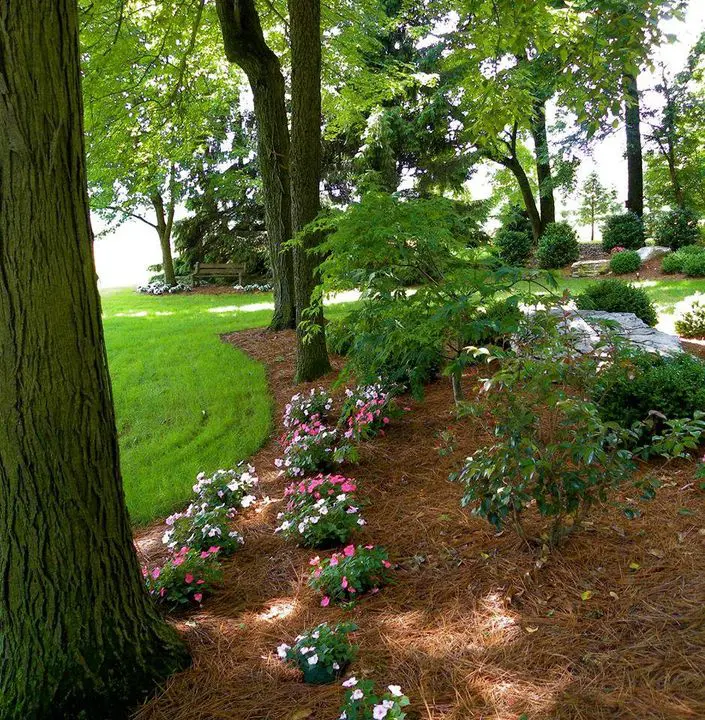
DON’T KILL YOUR PLANTS BY OVER-MULCHING!
Although mulch can help to control weeds and erosion, retain moisture, and increase soil nutrients, it can threaten the well-being of any plant if applied too heavily. There are two important requirements to keep in mind when applying mulch:
1. PLANT STEMS SHOULD NEVER BE COVERED BY MULCH.
–The stem (or trunk) of a plant is prone to insect entry and rot when in contact with mulch or soil, so it is important to keep mulch well away from plant stems. Also, when plants are mulched too deeply, girdling roots tend to grow from the bark of the trunk above the root collar, following the soft mulch around the tree; they eventually harden into a noose that can strangle the plant.
–To find where the stem or trunk begins, locate the root collar. This collar is the dividing line between the stem and the roots; it is usually found at the flared portion of the trunk to which the roots attach. The root collar should always be kept dry and visible and NO MULCH SHOULD BE APPLIED ABOVE THIS POINT. If a plant is buried too deeply, the root flare will not be visible and the trunk will look like a telephone pole when it disappears into the earth. If the root flare is buried by soil or mulch, remove the excess material to allow the root collar to remain clean and dry. For a first hand account of root flare issues, view how we were able to help a Japanese Maple tree and its root flare visibility.
2. MULCH SHOULD BE POROUS.
–The smaller roots of a plant (just below the soil surface) need to breathe. When mulch is too deep, the flow of water and air to and from the roots is cut off. The finer the mulch, the thinner the application should be. Fine, soil-like mulch should only be applied about one inch thick; coarse mulch can be applied to a depth of three inches. Previous years’ mulch should be raked away from plants before adding new mulch, as it will have become compacted and, if not removed, can build up and suffocate plants.
At Hanselman Landscape, we regularly use Pine straw mulch (pictured below) in our gardens, since it provides attractive, breathable coverage and is easier to spread than hardwood mulches. For the benefit of our clients and their valuable plants, we are pleased to offer this healthier mulch option.
Contributed by Betty Hanselman
Gardener’s wife (& Pine straw mulch enthusiast)
OUR GARDEN DESIGN PROCESS
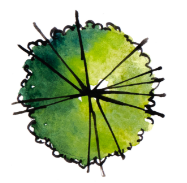
Explore
Share your goals, ideas, and project budget and we will begin to survey and plan your garden
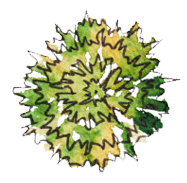
Design
We will consider all your primary view perspectives, both inside and out as we design your garden
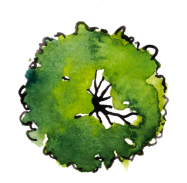
Build
Your garden dream will begin to take shape by the hands of our highly skilled craftsmen and landscapers
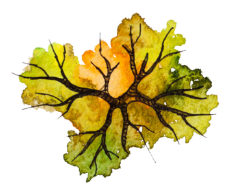
Enjoy
Your garden dream will begin to take shape by the hands of our highly skilled craftsmen and landscapers


